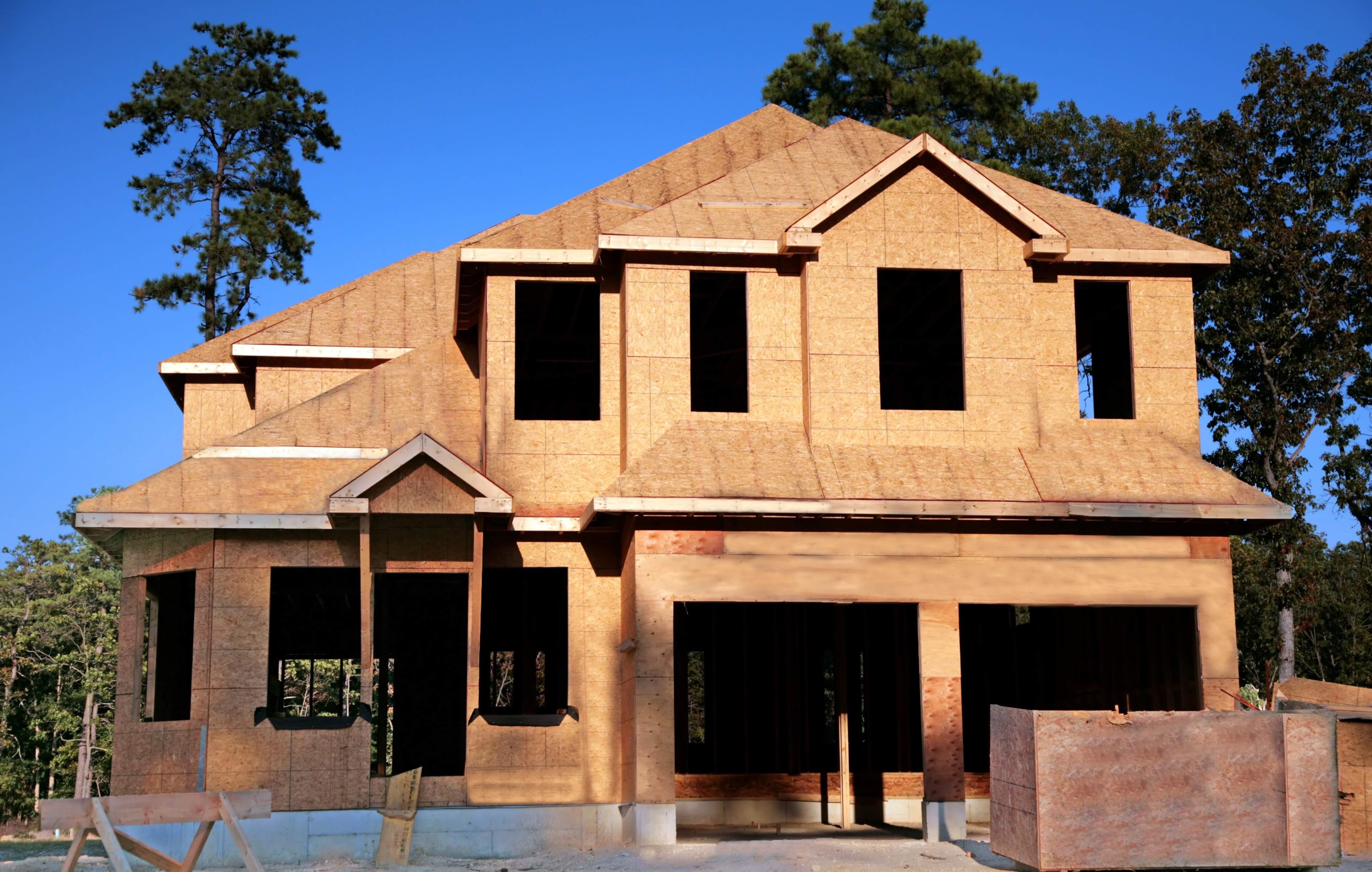Constructing a new residence is an exciting journey that offers the possibility to experience your dream residence come to life. From choosing the perfect lot to deciding on the design elements that express your personal style, each part of the process takes a critical role in creating a place that appears like your sanctuary. As an increasing number of individuals turn to newly constructed properties rather than buying existing properties, comprehending the details involved becomes important.
This guide will deliver guidance into different elements of new home construction, including timeframes, financial considerations, and stylistic trends for the upcoming year. By looking into topics like smart home features, sustainable designs, and picking the right materials, you'll have the ability to make knowledgeable decisions that enhance room and improve functionality in your updated space. Whether you're a beginning contractor or an veteran homeowner looking to make a shift, the insights shared here will help you journey through the thrilling world of new home construction with self-assuredness.
Preparation & Blueprinting
The preparation and design phase is crucial when constructing your new home. This is the stage where you transform your vision into a concrete blueprint. Start by determining your lifestyle needs, such as the quantity of bedrooms, bathrooms, and any unique spaces like a home office or gym. Collaborating with an architect or designer early in the process can provide important insights and help you create a floor plan that optimizes space and functionality.
As you define your design preferences, consider current trends and future needs. Top design trends for new homes in 2025 focus on sustainability, open spaces, and smart technology integration. Focusing on energy-efficient features and flexible areas can enhance your living experience while maintaining utility costs low. Make a list of your must-have elements and prioritize them to make sure your design shows your personal style while not compromising practicality.
Moreover, selecting the right materials and construction choices is essential for both aesthetics and durability. Consider various options such as brick, wood, or stucco for your exterior, and think about incorporating green building materials that promote environmental responsibility. Balancing your design desires with realistic budgeting will lay the groundwork for a effective home building process, ensuring that your new space is not only beautiful but also sustainable and cost-effective.

Materials & Construction Options
Selecting the best resources for your new house is crucial for durability, aesthetics, and long-term worth. Common materials include wood, masonry, and plaster, each presenting unique benefits. Wood offers a classic look and excellent thermal resistance properties, while brick is known for its minimal maintenance and power efficiency. Stucco, on the contrary, delivers a contemporary, current look and is excellent for warm environments. Evaluate your local climate, maintenance choices, and aesthetic goal to identify the ideal match for your house.
The selection of construction techniques also plays a significant role in the overall standard of your home. Traditional timber-frame construction is favored for its adaptability and affordability, while metal framing offers improved strength and resilience. Additionally, new methods such as insulated concrete forms (ICFs) provide outstanding power efficiency and thermal management. Research these choices and consult with your home builder to match your construction method with your planning goals and financial plan.
Finally, the pros of sustainable building components cannot be overlooked. Eco-friendly choices, such as sustainably sourced timber and recycled materials, not only reduce your dwelling's environmental impact but also contribute to a healthier living space. Putting money in in energy-efficient glazing and insulation can considerably decrease utility expenses and enhance comfort. As you take choices about materials and building choices, reflect about both short-term requirements and long-term endurance to boost the benefit of your new house.
Financial Considerations & Budgeting
Financing a fresh home building involves understanding different loan options and financial planning techniques to ensure a hassle-free process. Conventional mortgages may not cover the entire construction phase, so construction loans are popular. These loans typically provide funds in stages, aligned with building progress. click is essential to shop around for competitive interest rates and terms that fit your monetary situation. Working with a mortgage broker can help you explore the options and find the best solution for your needs.
Budgeting for a new home construction requires meticulous planning and prioritization of expenses. Start by estimating the overall cost of construction, including land purchase, materials, labor, and permits. Set aside a portion for unforeseen expenses, as hidden costs can come about during the building process. Assess where to save by selecting affordable materials and where to splurge on features that enhance your home's value and comfort. Creating a thorough budget plan will keep expenditures in check and help you avoid overspending.
Recognizing the hidden costs of new home construction is crucial for effective financial planning. These costs can include service connection fees, landscaping, and additional permits that might not be factored into the initial estimates. To avoid surprises, conduct thorough research and seek advice from knowledgeable builders and financial experts. By being forethoughtful, you can ensure that your dream home is built within your budget without compromising on quality or your dream.
